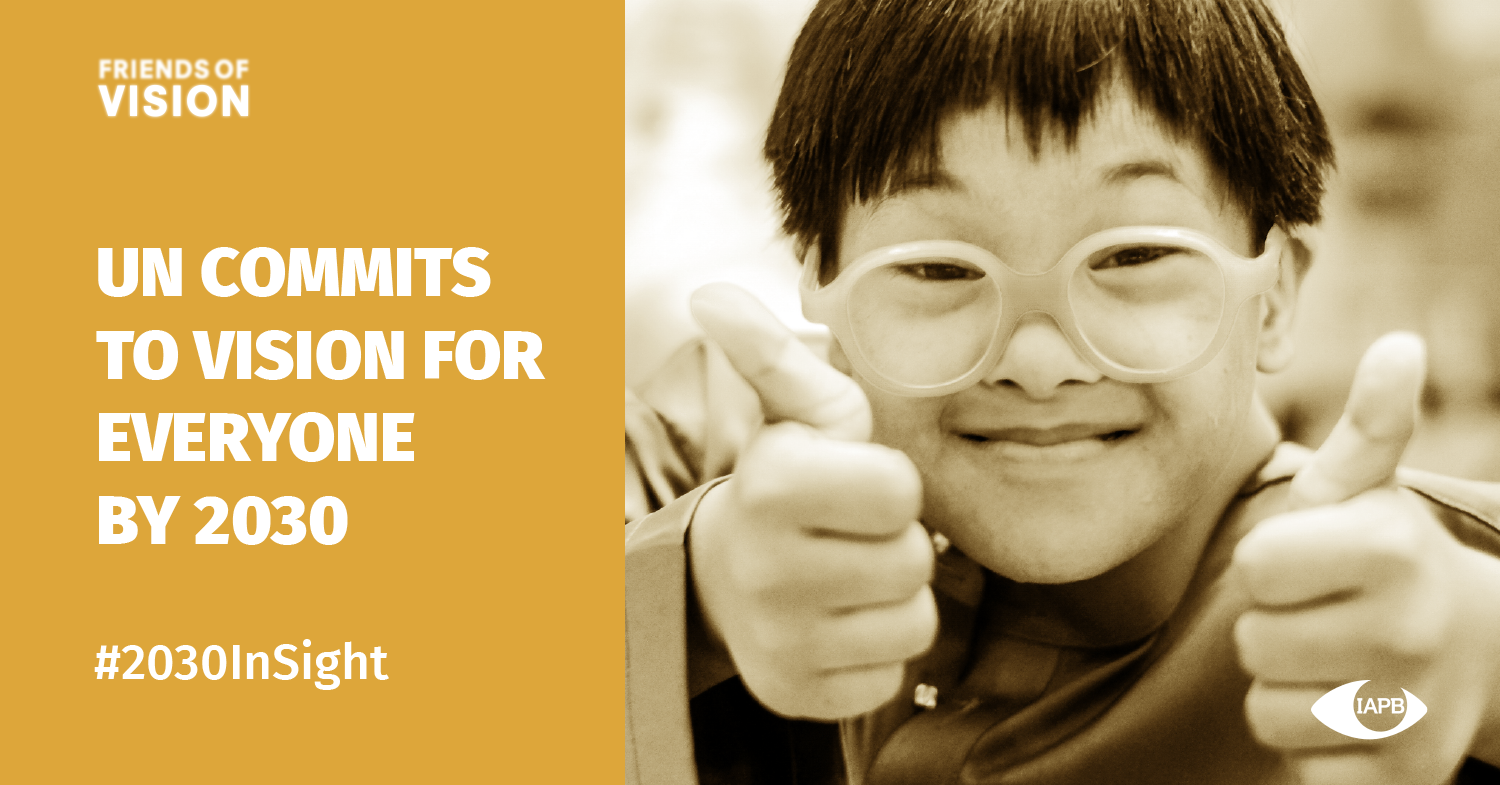The International Centre for Eye Health (ICEH) at the London School of Hygiene & Tropical Medicine joins the eye health community in celebrating the passing of the first United Nations resolution on preventable sight loss. All 193 countries of the United Nations General Assembly (UNGA) unanimously adopted the resolution today, which sets eye health goals for members to achieve by 2030.
The resolution follows the publication of the Lancet Global Health Commission on Global Eye Health in February 2021, which highlighted that there are 1.1 billion people living with preventable sight loss worldwide. It also showed that improving eye health is essential to the United Nations’ Sustainable Development goals (SDGs). This latest resolution recognises the effect of reduced eye health on many of the major SDGs, including those pertaining to poverty, employment and sustainability, and also calls on targets for eye care to be included within the SDGs themselves.
Professor Matthew Burton, Director of ICEH and co-chair of the Commission said: “Evidence has shown that vision impairment leads to detrimental effects for health, wellbeing, and economic development. This is despite the fact that 90% of vision loss could be prevented or treated with existing, highly cost-effective interventions. This resolution takes an important step by acknowledging that improved eye health can accelerate the achievement of the Sustainable Development Goals. Today’s agreement is essential for the hundreds of millions needlessly living with treatable vision loss, paving the way for real action on eye health for the future.”
Research from the Commission showed that vision loss costs the global economy $411 billion, which this new resolution seeks to address, creating expectations for international financial institutions and donors to provide targeted finances, especially to support low- and middle-income countries in tackling preventable sight loss.
The resolution further acknowledges key areas related to eye health, including healthy ageing, disability and gender equity, with the agreement calling for the United Nations to incorporate eye health into all its projects, including through Unicef and UN-Women.
“It has been estimated that without urgent action 1.8 billion people will be living with untreated vision impairment by 2050,” continued Professor Burton. “This new resolution provides a framework for improvement globally, but continued commitment by governments and international institutions is needed to ensure access to care for all.”
The resolution can be accessed here: https://www.undocs.org/en/A/75/L.108
For more information on the Lancet Global Health Commission on Global Health, visit https://globaleyehealthcommission.org/

